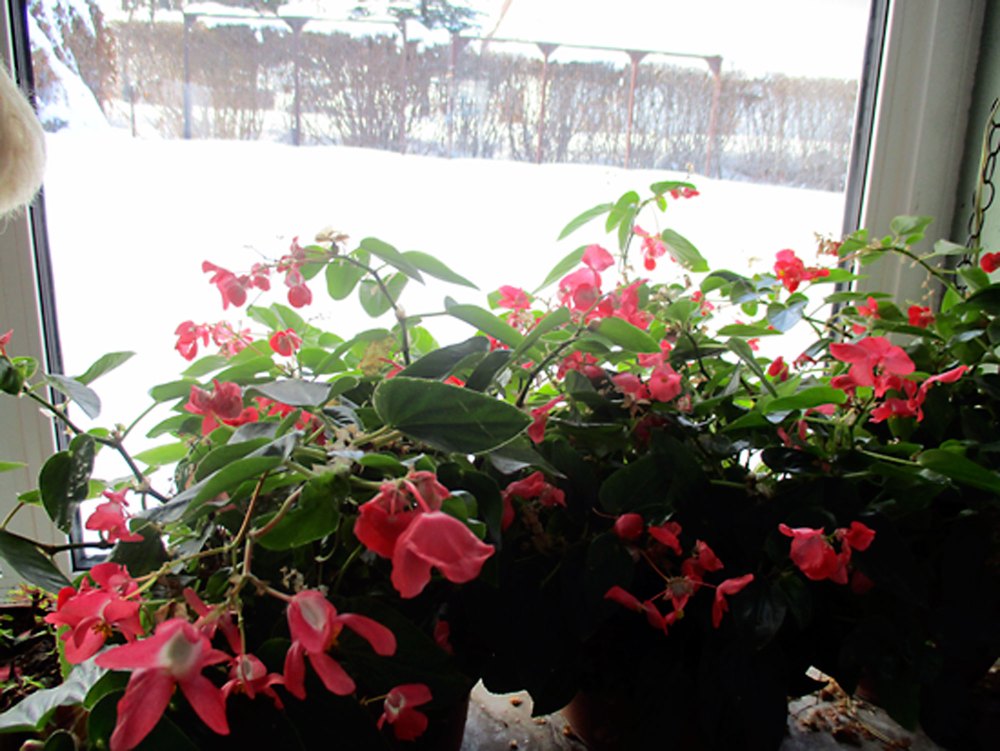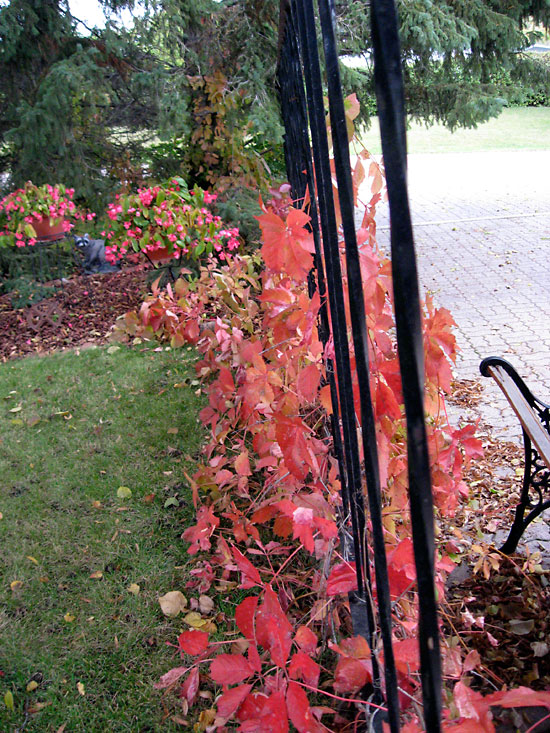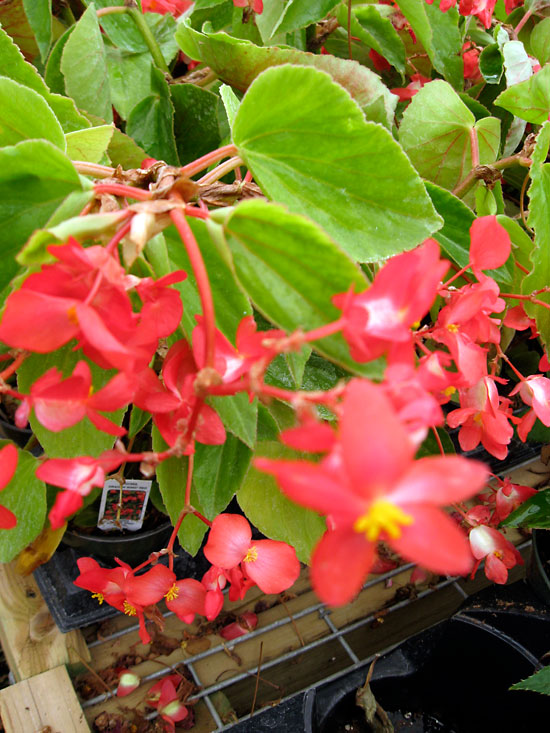GONE GARDENIN’ — Dragon wing begonia very versatile plant
Advertisement
Read this article for free:
or
Already have an account? Log in here »
We need your support!
Local journalism needs your support!
As we navigate through unprecedented times, our journalists are working harder than ever to bring you the latest local updates to keep you safe and informed.
Now, more than ever, we need your support.
Starting at $15.99 plus taxes every four weeks you can access your Brandon Sun online and full access to all content as it appears on our website.
Subscribe Nowor call circulation directly at (204) 727-0527.
Your pledge helps to ensure we provide the news that matters most to your community!
To continue reading, please subscribe:
Add Brandon Sun access to your Free Press subscription for only an additional
$1 for the first 4 weeks*
*Your next subscription payment will increase by $1.00 and you will be charged $20.00 plus GST for four weeks. After four weeks, your payment will increase to $24.00 plus GST every four weeks.
Read unlimited articles for free today:
or
Already have an account? Log in here »
Hey there, time traveller!
This article was published 11/04/2019 (2404 days ago), so information in it may no longer be current.
During the winter, I enjoy a wonderful display of dragon wing begonia blooms in my sunroom, and this lovely show of colour will continue right into the spring. Dragon wing begonias are included in the list of plants that are part of my summer outdoor garden that I winter over in my all-season sunroom.
These plants make attractive houseplants during the indoor gardening season, although I am glad I have a sunroom in which to winter and enjoy them because they are a rather messy plant. They constantly shed spent blossoms, so they are not ideal for displaying in more formal areas of the home where constant cleanup can be an issue.
My sunroom has a reclaimed brick floor that is very forgiving, and I do not keep the floor pristine by any means. I can enjoy my dragon wing begonias in the sunroom without concern for their messy behaviour.

The begonias do not begin their winter indoors by producing any colour because I cut the plants back severely before I bring them indoors. Space in the sunroom is limited, and the room soon fills up as I move more and more plants inside in the autumn.
The plants take time to again develop into good-sized flowering specimens; by December, however, they have developed fresh foliage and begin to send forth flowers and become a welcome sight in the sunroom.
Outdoors, I grow my dragon wing begonia in three large pots displayed on plant stands in a xeriscape area that is shaded by a large Basswood tree. While I sometimes combine dragon wing begonias with other plants in mixed containers, most of them are simply displayed on their own in large pots without being combined with other plants.
The cascading branches hang down and are covered with dark red or pink blooms all summer, creating a focal point in that area of the garden. By fall, the branches are quite long, each sporting myriad clusters of bloom.
Before frost can damage the tender plants, I cut the branches back so that they are only 10 centimetres long and bring the three pots into the sunroom. If I think one or two of the pots are rootbound and need to be refurbished (which I do about every three or four years), I will use some of the cuttings — I use 20- or 30-cm-long terminal cuttings — to establish new pots.

I dip the ends of the cuttings into a rooting hormone and then plant them in pots — I usually plant a dozen or more in a large hanging basket container (minus the handle). I use a soilless mix and ensure that the pot has good drainage and that the planting medium is damp before the cuttings are planted.
The longest, most pendulous cuttings are planted near the perimeter of the pot while shorter, more upright cuttings are planted in the centre area of the container. The cuttings are planted quite close together (I plant about a dozen cuttings in each pot) — and I remove any leaves that will touch the soil surface.
The pots of new cuttings will replace any of the pots that have been deemed too rootbound and crowded to be worth keeping — they are consigned to the compost. By spring, the new pots will be in full bloom and ready to take their place in the outdoor summer garden alongside their more mature companion pots.
Indoors, by mid-December, the mature plants that have been saved will have put forth enough new growth to develop flower buds, and before long flowers appear on the ends of the branches, which keep getting longer and longer and develop more and more bloom. By late March, the plants are quite large — I grow them in large 14-inch hanging baskets — and are covered in bloom, putting on a glorious show. The newly planted pots are also in full bloom by early spring.
During the winter, I continue to feed the begonias with half-strength 20-20-20 soluble fertilizer every three weeks. After the days have lengthened considerably by late February, I increase the feeding regimen to every two weeks. The pots are located in front of a sunny west window so they get lots of light, even if the days are rather short during the dead of winter.

Dragon wing begonias are heavy feeders, and when I have them outdoors, I feed them once a week. This steady dose of fertilizer keeps the foliage dark green and lush, and the fertilizer promotes continuous flowering.
I keep the begonias well-watered — the pots have excellent drainage — so that the planting medium never dries out. My dragon wings are located in a sheltered location — the stems are rather brittle and can be damaged if the plants are exposed to much wind.
My dragon wing begonia blooms are dark pinkish red with green foliage, but the blooms become a softer shade of pink when grown indoors in reduced light. There is a pink-rose variety that also has green foliage and there is a variety with red bloom and bronze foliage, which is also quite eye-catching.
I appreciate plants that can be moved indoors from the outdoor garden in the fall, enjoyed during the winter to help chase away the winter blues, and then can be used to provide instant colour when moved back outdoors in the spring. The dragon wing begonia is one of the best plants to do just that.
Albert Parsons lives, writes, and gardens in Minnedosa.

» wtw@brandonsun.com
